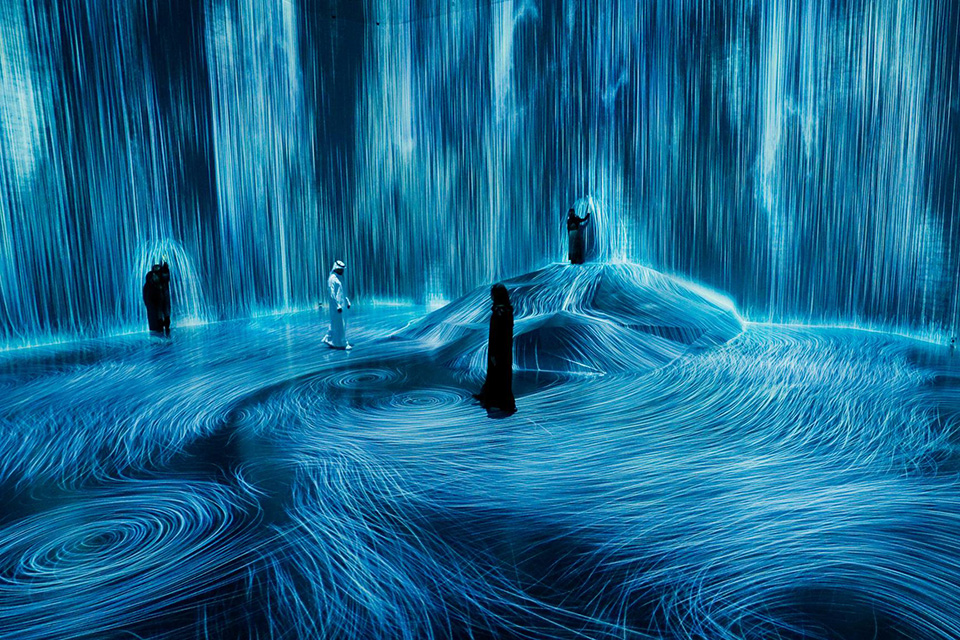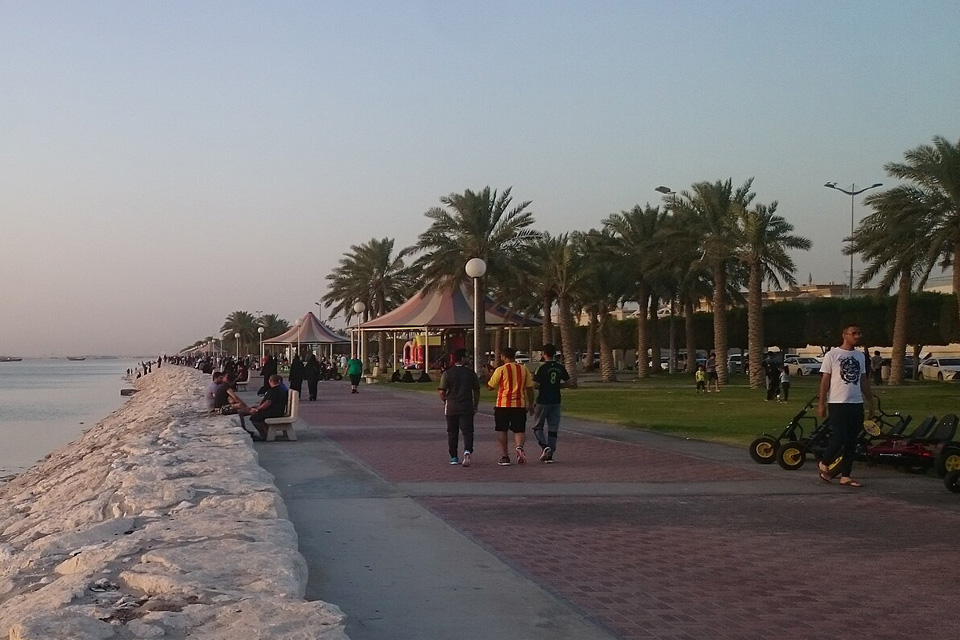- News
Historic Jeddah Marks 10 Years on UNESCO World Heritage List
Efforts are ongoing for the historical preservation of Historic Jeddah, including the restoration of historic buildings.
Article Summary:
- Historic Jeddah celebrates its tenth anniversary of being on the UNESCO World Heritage list.
- As part of its ongoing historical preservation efforts, concerned entities followed four key pillars.
- The ongoing restoration work includes improving infrastructure, restoring historic buildings, developing service facilities, recreational areas, residential, and commercial spaces.
It’s a celebratory time for Saudi Arabia as Historic Jeddah marks 10 years of UNESCO World Heritage recognition.
Looking back, it’s been a decade since it was included on the UNESCO World Heritage list in 2014. Since then, the Jeddah Governorate Municipality and the Heritage Commission wasted no effort in maintaining the district’s charm.
About Historic Jeddah
Historic Jeddah, also known as Al-Balad, is located in the heart of Jeddah, along the Red Sea Coast. The district is the second-largest city in Saudi Arabia. Translated to English, “Al-Balad” means “The Town.” Currently, it serves as a major port for pilgrims going to Mecca and a global trade hub between Africa and Asia.
In the 7th century, the district was the center of Jeddah. In the 1940s, King Abdulaziz Al Saud ordered the tearing down of its defensive walls.
By the 1970s, the local government started its preservation efforts. Because of the Saudi oil boom in the 1970s and 1980s, many Jeddah residents also moved north.
In 1991, the municipality of Jeddah founded the Jeddah Historical Preservation Society. By 2002, it budgeted USD 4 million for the organization. In 2009, the Saudi Commission for Tourism and Antiquities nominated the Jeddah Historic District for the UNESCO World Heritage list.
How Historic Jeddah attained the recognition
650 heritage buildings, several mosques, markets, and a school in the area carry the district’s unique architectural style. Wooden elements and multi-level buildings are some of its chief characteristics.
There are several criteria to attain the UNESCO World Heritage distinction. Applicants must meet at least one of the ten selection criteria.
In line with this, Historic Jeddah met three requirements. These included showing “an important exchange of human values over time” and “being directly associated with events or living traditions.” Also, being “an outstanding example of a type of building or architectural ensemble illustrating a significant change in human history.”
To meet these criteria, concerned entities followed four key pillars for Historic Jeddah’s preservation and revitalization. These include 1) intangible cultural heritage, 2) archaeology, 3) urban fabric (markets, squares, streets), and 4) historical buildings.
Ongoing efforts
Under the Historic Jeddah program, government agencies enforce using traditional materials and maintain the original heights of buildings.
As a result, authorities have been able to enhance visitors’ experience. In line with this, they were also able to deal with challenges such as rundown structures.
Moreover, it underscores Saudi’s goal of attracting 150 million visitors annually by 2030 and boosting tourism.
Earlier, in May 2019, Crown Prince Mohammed bin Salman announced the restoration of 56 of the district’s historical buildings. As of its first stage, the multi-billion-dollar restoration has already spent USD 13.3 million (SAR 49.8 billion).
In particular, the ongoing restoration work includes improving infrastructure, restoring historic buildings, and developing service facilities, commercial and recreational areas
Currently, Jeddah is hosting its annual Jeddah Season event, featuring a host of activities, games, shows, concerts, and more.
Maher Najm from Lower Side, Stormalong Harbor, Public domain, via Wikimedia Commons






